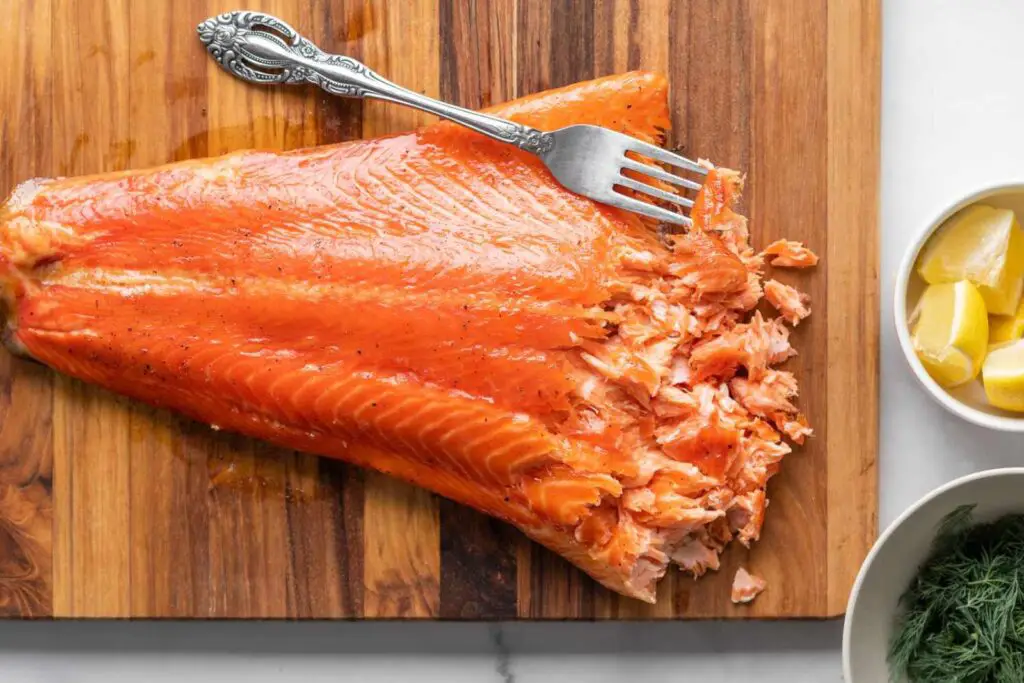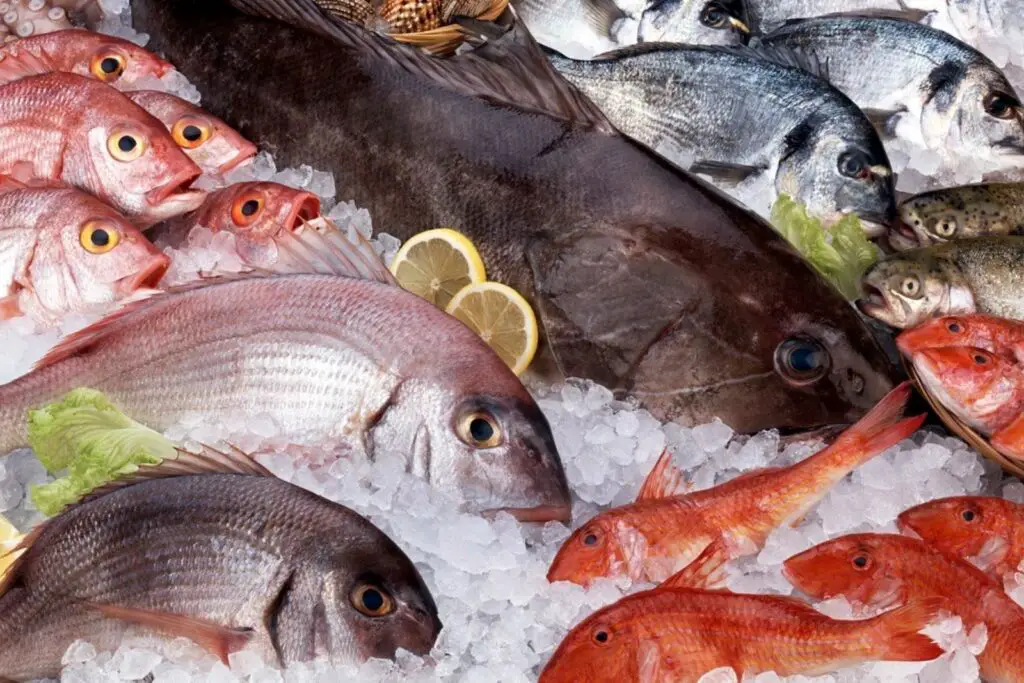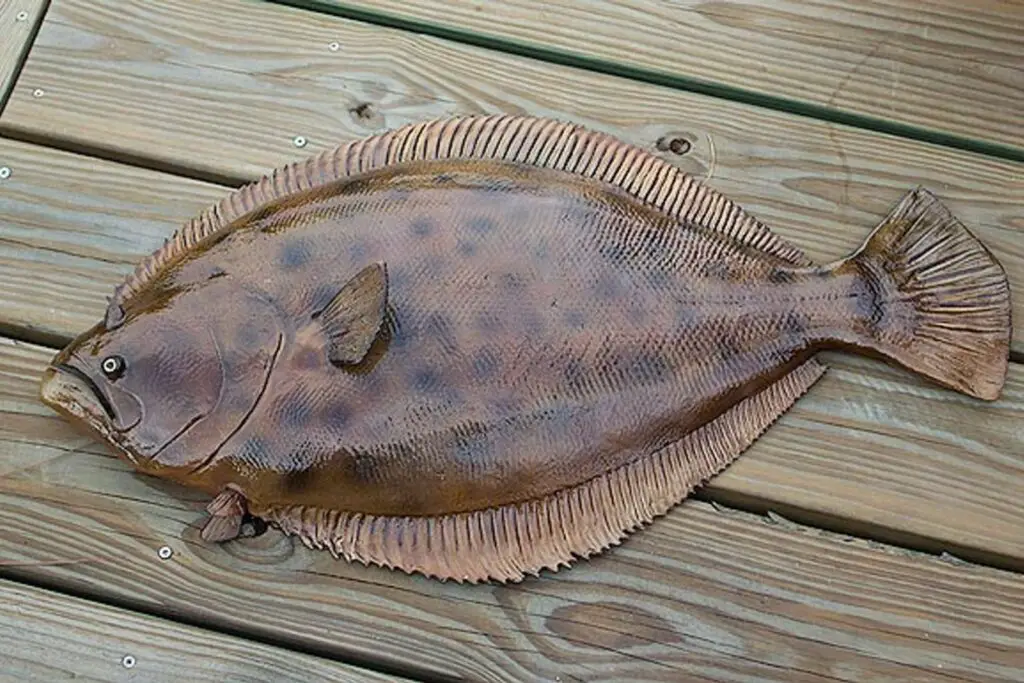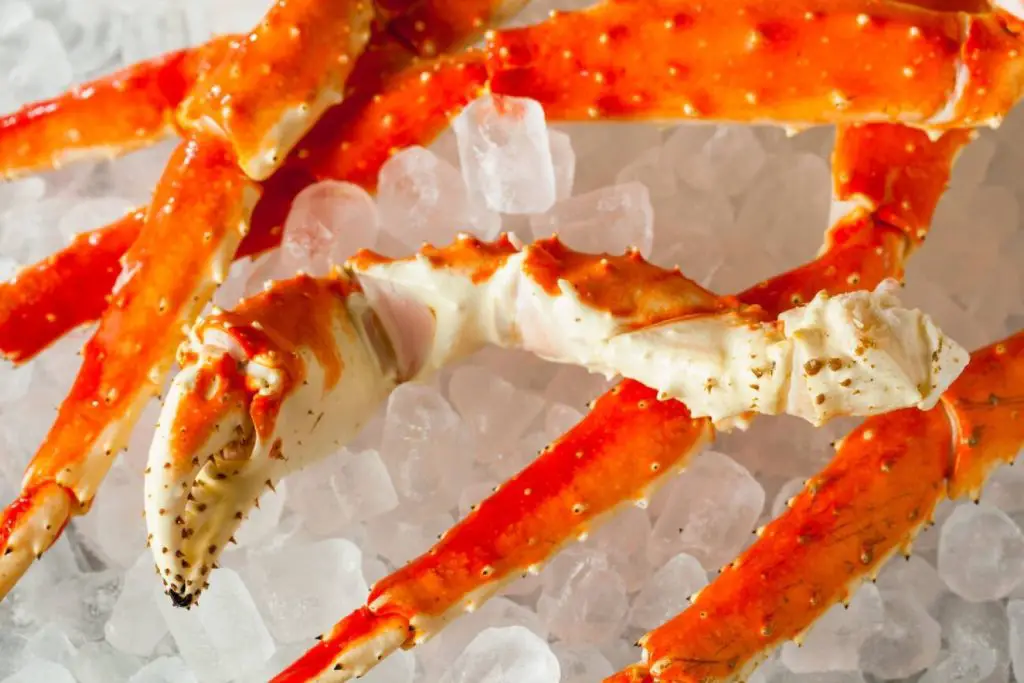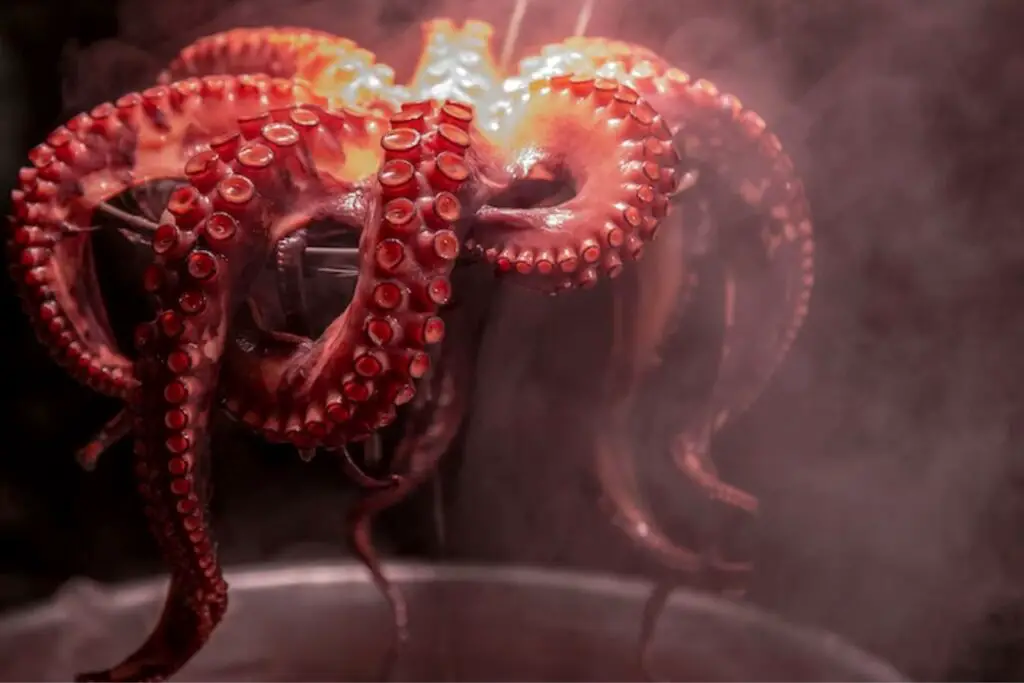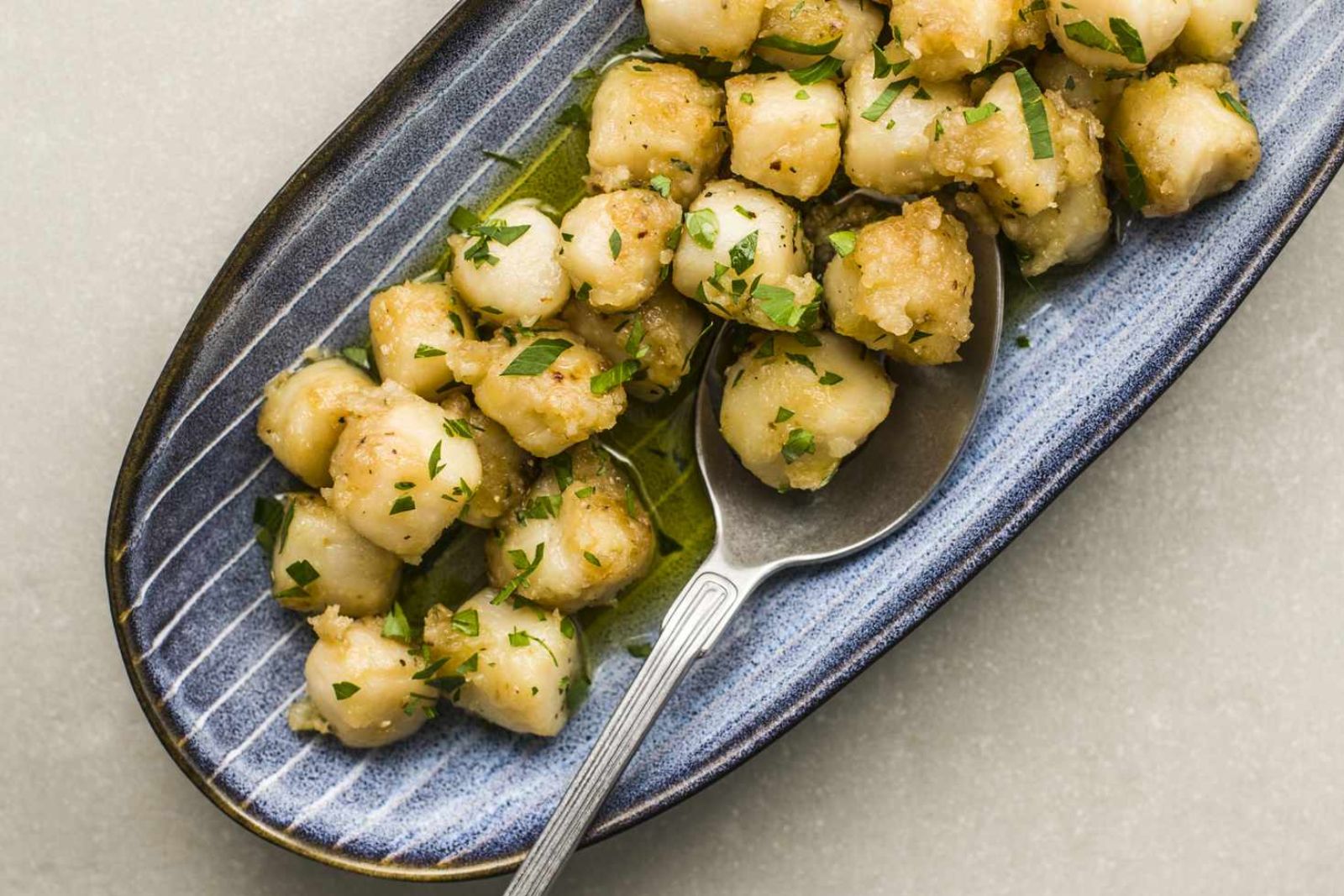
Bay scallops, a delectable seafood delicacy prized for its sweet and delicate flavor. Bay scallops are small, tender shellfish that are highly versatile in the kitchen and are often considered a culinary delight. With their succulent texture and subtle briny taste, bay scallops are perfect for a wide range of dishes, from elegant appetizers to hearty main courses. Whether sautéed, grilled, or added to pasta or seafood soups, bay scallops offer a delightful dining experience.
If you have an excess of fresh bay scallops or want to prolong their freshness for future use, freezing them is an excellent option. In this guide, we’ll explore the art of freezing bay scallops, sharing expert tips and techniques to ensure that their quality, flavor, and texture are preserved, allowing you to enjoy these delectable shellfish whenever you desire, whether it’s for a special occasion or a delightful weeknight meal.
Here are the simple steps to freeze bay scallops:
Step 1: Choose the Right Scallops
Freezing bay scallops starts with selecting the right ones. The quality of the scallops you choose will significantly impact the final result. Here’s why it is crucial to opt for fresh, high-quality scallops when freezing them.
Freshness is key when it comes to seafood, and bay scallops are no exception. Look for scallops that are plump and firm to the touch. Fresh scallops should have a slightly sweet aroma, indicating their freshness. On the other hand, scallops with a slimy texture or a strong fishy smell are signs of poor quality and should be avoided.
By choosing fresh and high-quality scallops, you ensure that the frozen scallops will maintain their taste and texture after thawing. Freezing low-quality scallops can result in a less pleasant eating experience, as their flavor and texture may deteriorate during the freezing and thawing process.
Whether you’re harvesting scallops yourself or purchasing them from a store, it’s important to inspect their freshness before freezing. Taking the time to select the best scallops will set the foundation for a successful freezing process and delicious results when you decide to use them later.
Step 2: Prepare the Scallops
Properly preparing the scallops before freezing is an essential step to ensure their quality and maintain their flavor and texture. Here’s why it’s important and how to go about it.
Before freezing, it’s recommended to rinse the scallops under cold running water. This helps remove any sand, debris, or excess brine that may be present on the scallop surfaces. Gently swish them in the water to ensure thorough cleaning.
Once rinsed, pat the scallops dry with a paper towel. This step is important to remove excess moisture from the surface of the scallops. Excess moisture can lead to the formation of ice crystals during freezing, which can affect the texture of the scallops when thawed.
Some scallops may have a small muscle attachment called the “foot” or “abductor muscle” on the side. This muscle allows the scallop to open and close its shell. While this muscle is edible, some prefer to remove it for culinary purposes. To remove the foot, simply grasp it with your fingers and pull it away from the main body of the scallop. However, it’s important to note that removing the foot is optional and does not directly impact the freezing process.
By rinsing and drying the scallops, you ensure that they are clean and free from any unwanted substances. This not only enhances their flavor but also helps maintain the quality of the frozen scallops during storage. Properly prepared scallops will freeze more effectively and retain their taste and texture when thawed and cooked.
Can I blanch bay scallops before freezing?
Yes, blanching bay scallops before freezing is a common practice. Blanching involves briefly boiling the scallops in water or steam for a short period and then quickly cooling them in ice water. Blanching helps to preserve the scallops’ quality, texture, and color, and it can also help to maintain their flavor during the freezing process.
Step 3: Flash Freeze
Flash freezing is a technique used to quickly freeze bay scallops, and it plays a crucial role in preserving their texture and quality. Here’s why flash freezing is beneficial and how to properly execute this step.
Flash freezing involves rapidly freezing the scallops at very low temperatures, which helps to prevent the formation of large ice crystals. Large ice crystals can damage the delicate texture of the scallops, leading to a loss of moisture and a less appealing texture when thawed.
To flash freeze bay scallops, start by spreading them in a single layer on a baking sheet. It’s important to use a baking sheet lined with parchment paper or a silicone mat to prevent the scallops from sticking to the surface. Ensure that the scallops are not touching each other, as this allows for optimal airflow and even freezing.
Place the baking sheet with the scallops in the freezer. The scallops should be left to freeze for about 1 to 2 hours or until they are solid and firm to the touch. The exact freezing time may vary depending on the size and thickness of the scallops, as well as the temperature of your freezer.
Flash freezing ensures that the scallops freeze quickly and evenly, minimizing the formation of large ice crystals. This method helps to maintain the integrity of the scallops’ texture, resulting in a more desirable eating experience when they are thawed and cooked.
By taking the flash freezing technique, you can preserve the delicate texture of the bay scallops and ensure that they retain their freshness and quality during the freezing process.
Step 4: Pack to Freeze
Proper packaging is crucial when it comes to freezing bay scallops to maintain their quality and prevent freezer burn. Here’s why packaging is important and how to package the flash-frozen scallops correctly.
Once the scallops have been flash frozen and are solid, it’s time to transfer them into suitable packaging for long-term storage. Airtight freezer bags or containers are ideal for this purpose. The airtight seal helps to prevent air exposure, which can cause freezer burn and deteriorate the quality of the scallops over time.
When using freezer bags, remove as much air as possible before sealing. Air exposure can lead to the formation of ice crystals and affect the texture and taste of the scallops. One method to remove air is by gently pressing on the bag to release any excess air before sealing it. Alternatively, you can use a vacuum sealer to remove air completely, providing optimal results for long-term storage.
If using containers, choose ones specifically designed for freezer storage and ensure they have tight-fitting lids to maintain an airtight seal. Make sure to leave enough headspace in the container to allow for expansion during freezing.
To help with organization and future reference, it’s essential to label the packaging with the date of freezing. This way, you can keep track of the storage time and use the scallops in a timely manner, ensuring the best quality and flavor.
Proper packaging for freezing bay scallops not only prevents freezer burn but also maintains the scallops’ texture and flavor. By minimizing air exposure and labeling the packaging, you can ensure that the frozen scallops remain in excellent condition until you’re ready to use them.
Remember to handle the packaging with care during the freezing and storage process to avoid any damage or breaking of the packaging material, which could compromise the quality of the frozen scallops.
Step 5: Freezer Storage
Proper freezer storage is essential to maintain the quality and freshness of frozen bay scallops over an extended period. Here’s why freezer storage is important and how to store the scallops correctly.
After packaging the bay scallops in airtight freezer bags or containers, it’s time to place them in the freezer. The objective is to store them in the coldest part of the freezer, where the temperature remains consistently low. The back or bottom shelf of the freezer is usually the coldest and most suitable for long-term storage.
Maintaining a constant temperature of 0°F (-18°C) or below is crucial for preserving the quality of the scallops. Freezing at this temperature prevents the growth of bacteria and slows down enzymatic reactions, ensuring that the scallops remain safe and retain their flavor and texture.
It’s important to note that the storage duration for frozen bay scallops is up to three months without significant loss of quality. Beyond this time, the scallops may still be safe to consume, but there might be a decline in flavor and texture. Therefore, it’s advisable to use them within the three-month timeframe for the best results.
During the storage period, it’s essential to avoid temperature fluctuations and frequent opening of the freezer door, as this can impact the quality of the scallops. Additionally, ensure that the scallops are not stored near items with strong odors, as they can absorb those odors and affect their taste.
By doing proper freezer storage practices, you can ensure that the frozen bay scallops remain in excellent condition and retain their taste and texture until you’re ready to use them. Proper temperature maintenance and a reasonable storage duration will help you enjoy delicious scallops whenever you decide to cook them.
Step 6: Thaw the Frozen Scallops
Thawing frozen bay scallops properly is crucial to preserve their texture, flavor, and overall quality. Here’s why proper thawing is important and how to thaw and use the frozen scallops correctly.
When you’re ready to use the frozen bay scallops, it’s best to thaw them slowly and gently. The recommended method for thawing is to transfer the frozen scallops from the freezer to the refrigerator and allow them to thaw overnight. This slow thawing process helps maintain the delicate texture and flavor of the scallops.
Thawing in the refrigerator allows for a controlled and gradual thawing process. It ensures that the scallops thaw evenly and reduces the risk of bacteria growth. Slow thawing also helps retain the moisture within the scallops, preventing them from becoming dry or losing their natural juiciness.
Once the scallops have thawed completely in the refrigerator, it’s recommended to use them within 24 hours for the best results. This time frame ensures that the scallops are still at their peak freshness and quality.
By completing proper thawing techniques and using the thawed scallops within the recommended time frame, you can enjoy the full flavor and texture of the bay scallops, as if they were freshly harvested or purchased.
Other related questions
Can you refreeze bay scallops?
No, it is not recommended to refreeze bay scallops. Once bay scallops have been thawed, they should be cooked and consumed within a short period of time. Refreezing bay scallops can negatively impact their quality, texture, and taste, leading to a less desirable eating experience.
How do I know if the bay scallops have gone bad after being frozen?
After being frozen, it is important to check for signs of spoilage in bay scallops. If the bay scallops have developed an off odor, such as a strong fishy smell, or if they have a slimy texture, these are indications that the scallops may have gone bad. Additionally, if the color of the bay scallops has significantly changed or if they appear discolored, it is best to discard them as they may no longer be safe to consume.
Can I freeze bay scallops in marinade or sauce?
Yes, it is possible to freeze bay scallops in marinade or sauce. Freezing bay scallops along with marinade or sauce can help infuse them with flavor and simplify meal preparation. However, it’s important to ensure that the marinade or sauce is suitable for freezing, as some ingredients may not retain their quality or texture after thawing. Proper packaging and labeling are also essential to maintain the quality and prevent cross-contamination during freezing and storage.
Can I freeze bay scallop roe?
Yes, it is possible to freeze scallop roe. Before freezing, it’s recommended to clean and separate the roe from the bay scallop. Place the roe in an airtight freezer-safe container or bag, removing as much air as possible, and label it with the date. Properly frozen bay scallop roe can be stored in the freezer for up to three months, allowing for future use in various recipes.
Can I freeze bay scallops directly in their shells?
It is not recommended to freeze bay scallops directly in their shells. The shells can be porous, which may allow air and moisture to penetrate the scallops, leading to freezer burn and deterioration of quality. It is best to remove the scallops from their shells before freezing to ensure optimal preservation and prevent any potential negative effects on texture and taste.
Can bay scallops be frozen with other seafood or ingredients?
Yes, bay scallops can be frozen with other seafood or ingredients. However, it is important to consider the compatibility of the ingredients in terms of texture, flavor, and freezing requirements. It is recommended to package them separately or in a way that allows easy separation when needed.

